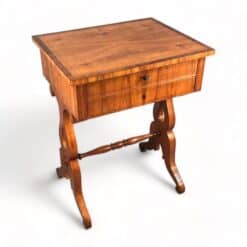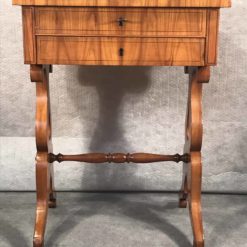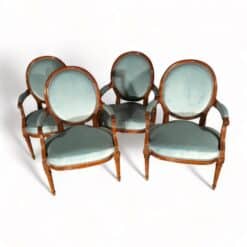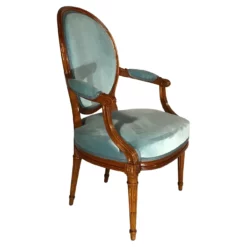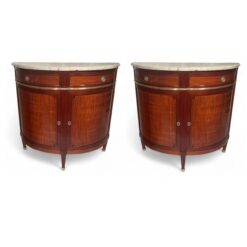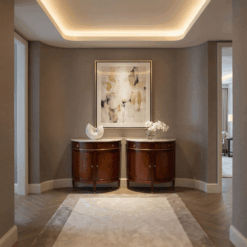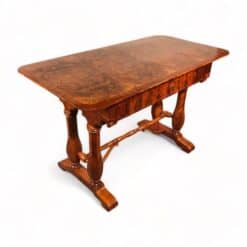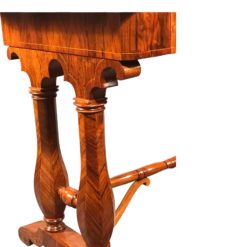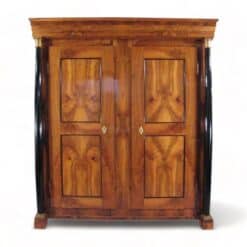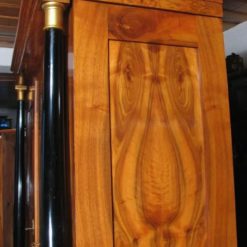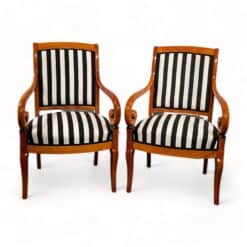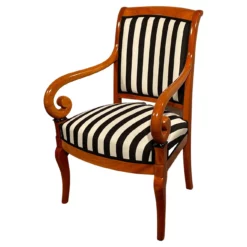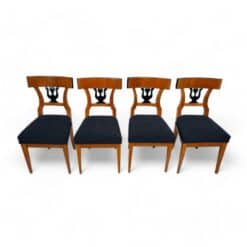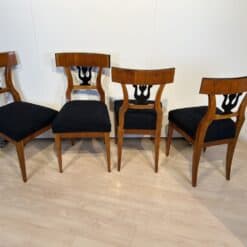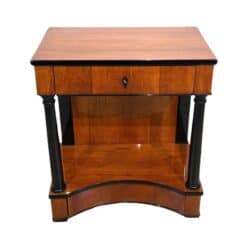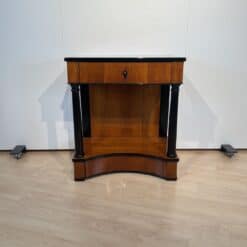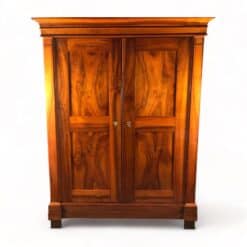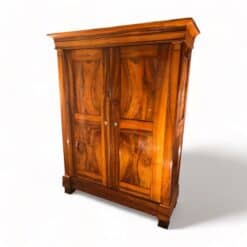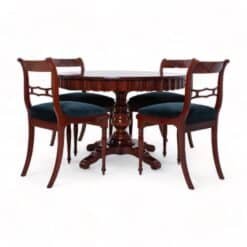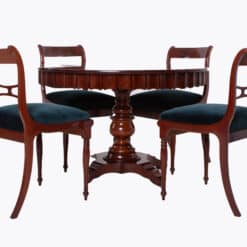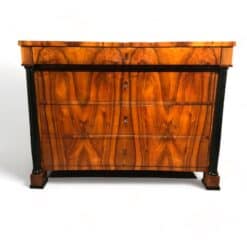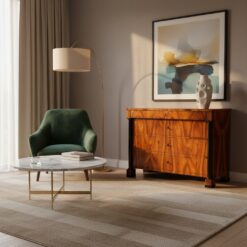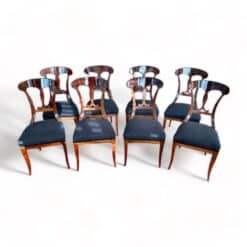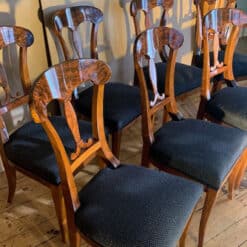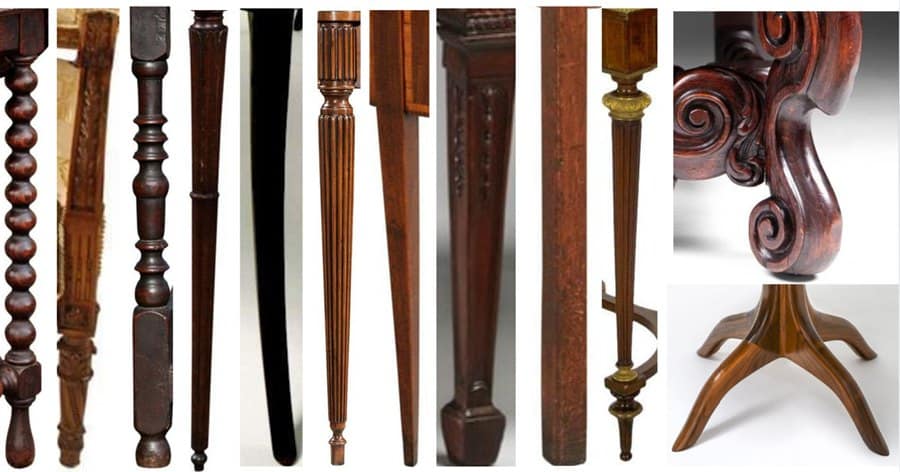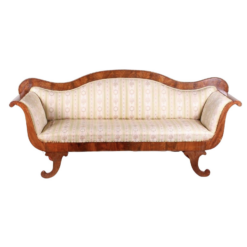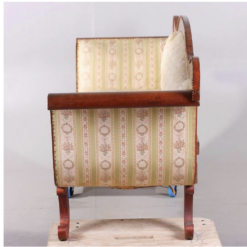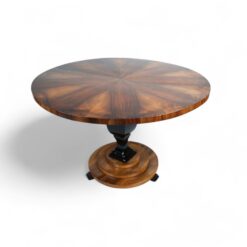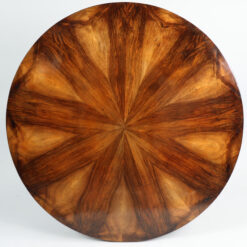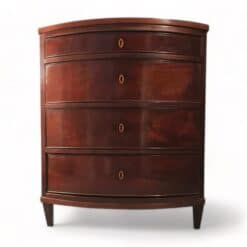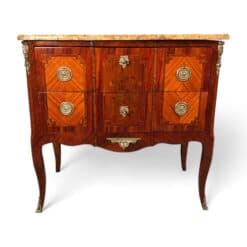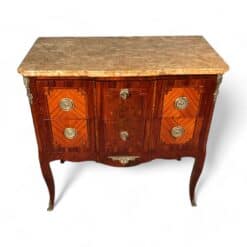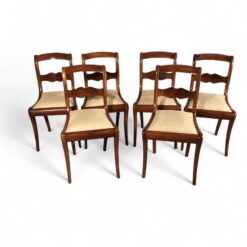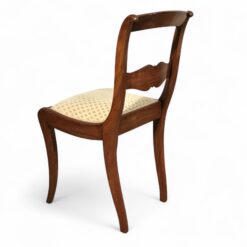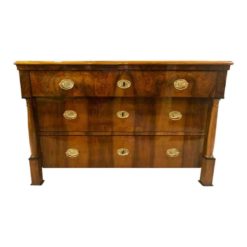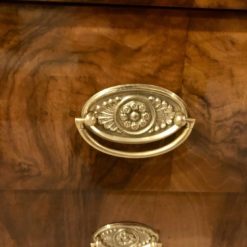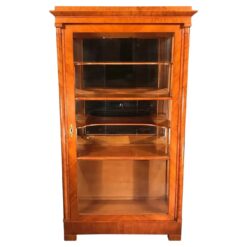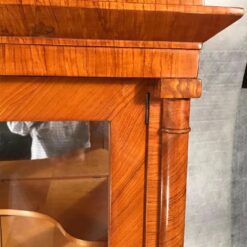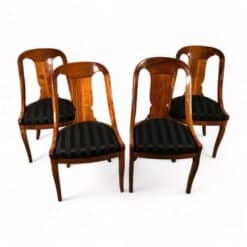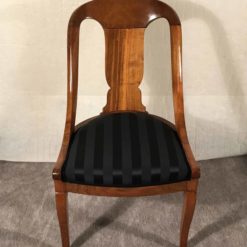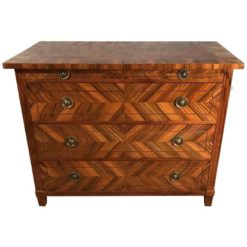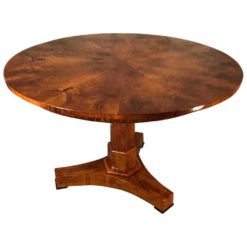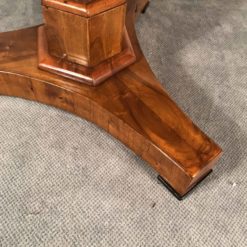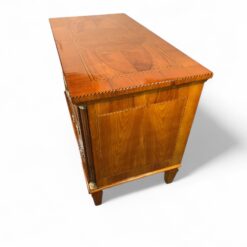Best Sellers
Learning about 19th-century furniture leg styles unlocks a whole world of antique knowledge. Indeed, there is so much you can tell about a piece of antique furniture by its legs.
In today’s blog, we want to tackle this greatest of tools to help you better identify pieces of a given period. We will introduce various types of legs you might encounter. Then, we will associate them with movements and moments in history, and present examples from the Styylish catalog for you to fall in love with.
Locating Ourselves: A Survey of the 19th Century in Furniture
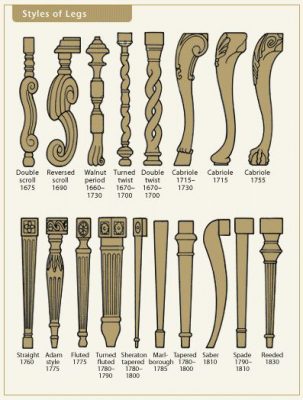
The 19th century in Europe was a time of major changes. Aristocratic ideals had to make room for the sensibilities and values of a new middle class. That class grew out of the shared profits of the industrial age.
Those changes were reflected in new furniture styles. For fans of Styylish, Biedermeier will already be a familiar term. It’s one of our most popular styles on the site, characterized by simple, clean wood constructions. It rejects the ornate opulence of 18th-century styles.
But 19th-century furniture styles were far from simple. As monarchy returned to France after the fall of Napoleon, for instance, the Neoclassical Empire style was retouched with elements recalling the Baroque of the previous century. Louis Phillipe style, named after the revivalist monarch, once again features more elaborate ornamentation.
How are these trends reflected in 19th-century furniture leg styles? What kinds of legs were common and what can the shape of a leg tell us about the piece it supports?
A Brief Note on British and American Leg Styles
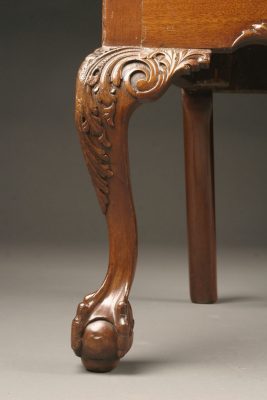
British furniture makers of the 19th century experimented with elaborate wood legs in unique ways. From scroll legs and spider legs to reeded and trumpet legs, a huge variety of interpretations of upper-middle-class elegance became widespread throughout Britain and America.
These styles were less common on the continent. Indeed, the perceived rusticity and Medieval revivalism of British and American furniture design would not have found favor with many continental collectors and furniture experts.
There are significant overlaps, however, between British and continental leg shapes, as we will see. The styles we will take the closest look at today are the styles found in the French and German furniture found most predominantly in our catalog.
The Major Leg Styles in French and German Furniture
Curves, Spiders, Cabriole
Curved legs are found on some of the most interesting 19th-century pieces, usually ones that attempt to recapture some of the splendor of 18th century baroque. Rococo furniture, especially, featured curves of its kind heavily.
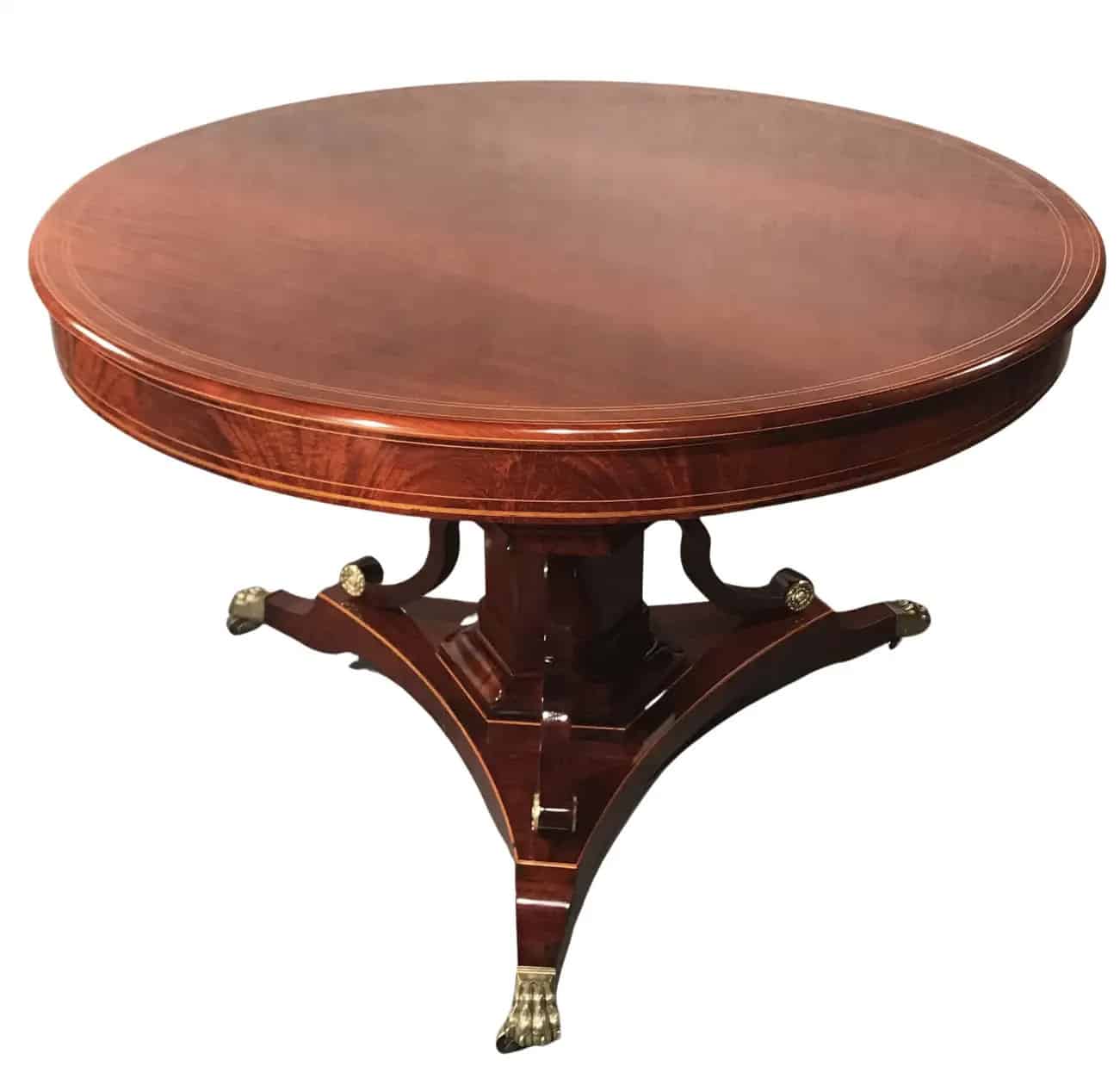
The Empire styles of the 19th century re-infused some of the Baroque whimsy into the strict forms of late 18th-century Neoclassicism. That’s how a table like this German Empire Dining Table comes about. Featuring a romantic set of spider legs, it’s a classic example of how curves made their return to furniture.
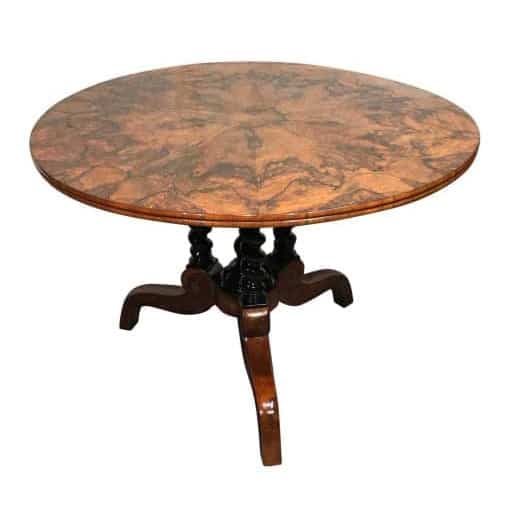
This Louis Philippe center table works in very similar ways, though it features just ebonized décor instead of gilding.
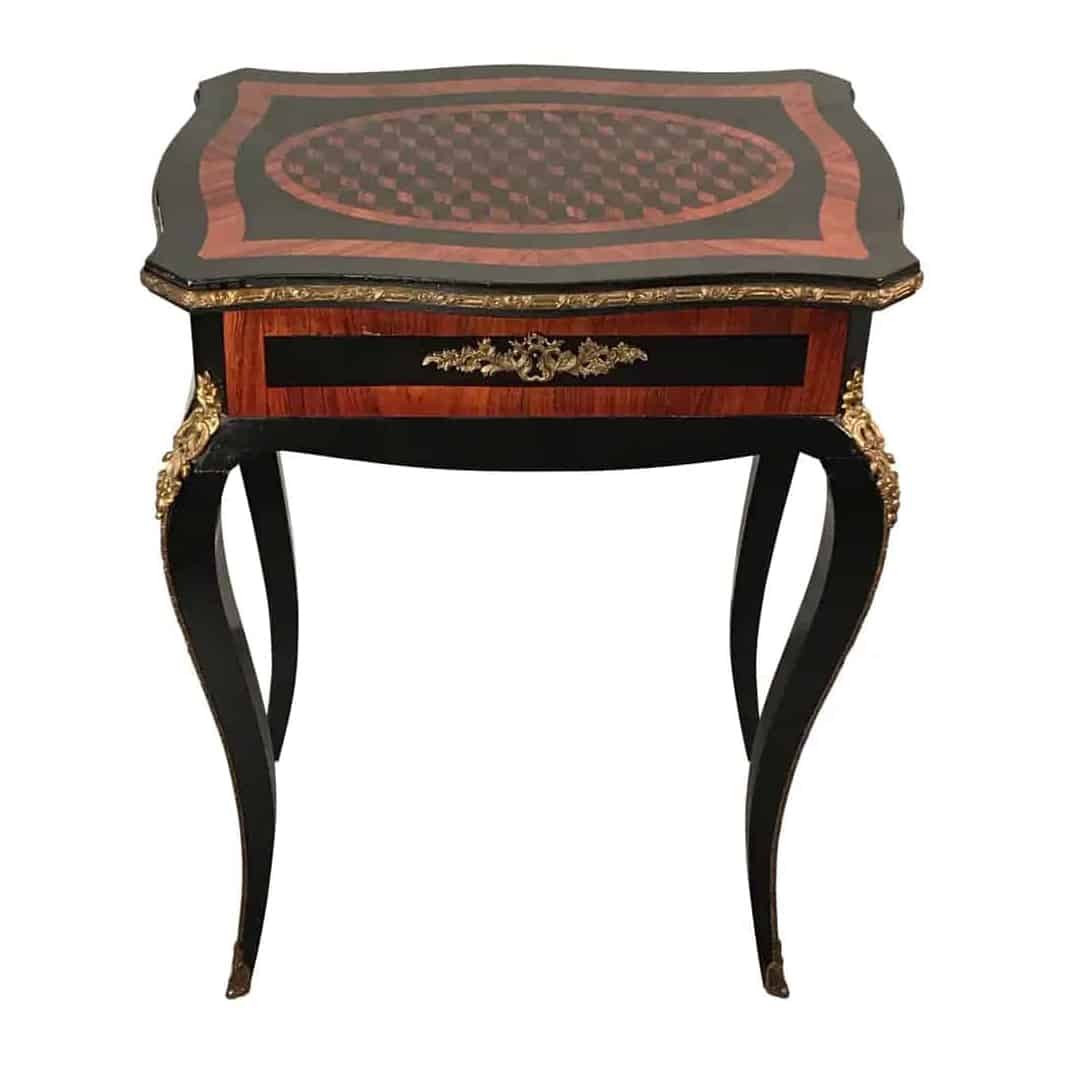
Cabriole legs feature a sinuous curve that bows out towards the top. For a classic example of cabriole legs, check out this gorgeous Second Empire Table from France, which hearkens back to the glory days of Louis XV furniture.
Indeed, this table feels very Baroque, except perhaps in the color of its woods. The deep juxtaposition between ebonized and lighter wood is a hallmark feature of the late 19th and early 20th centuries.
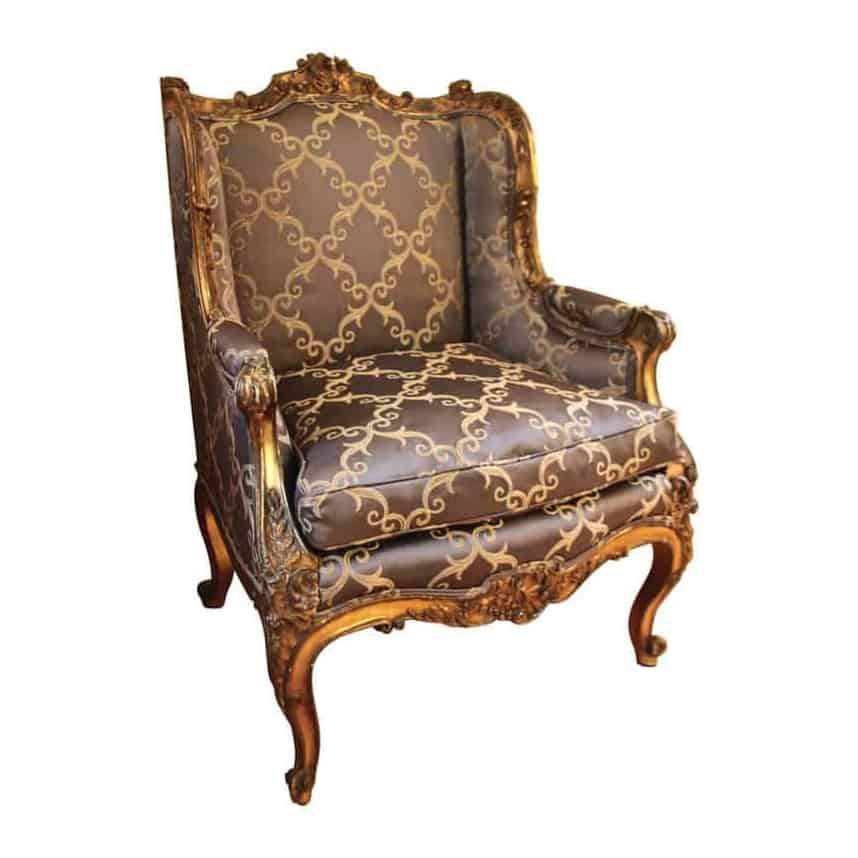
This 19th-century Gilded Wood Bergère is obviously designed as a Baroque-revival piece. Note the cabriole style legs on all four corners, which bow elegantly before the ornamentation of this precious piece.
Straight Legs: Dedicated Simplicity
Though cabriole legs were certainly common around Europe well into the 19th century, the novelty of the century was plainer, straighter legs. In fact, these proud, angled facets made for more practical furniture placement and derived directly from the Neoclassical sentiments of the late 18th century.
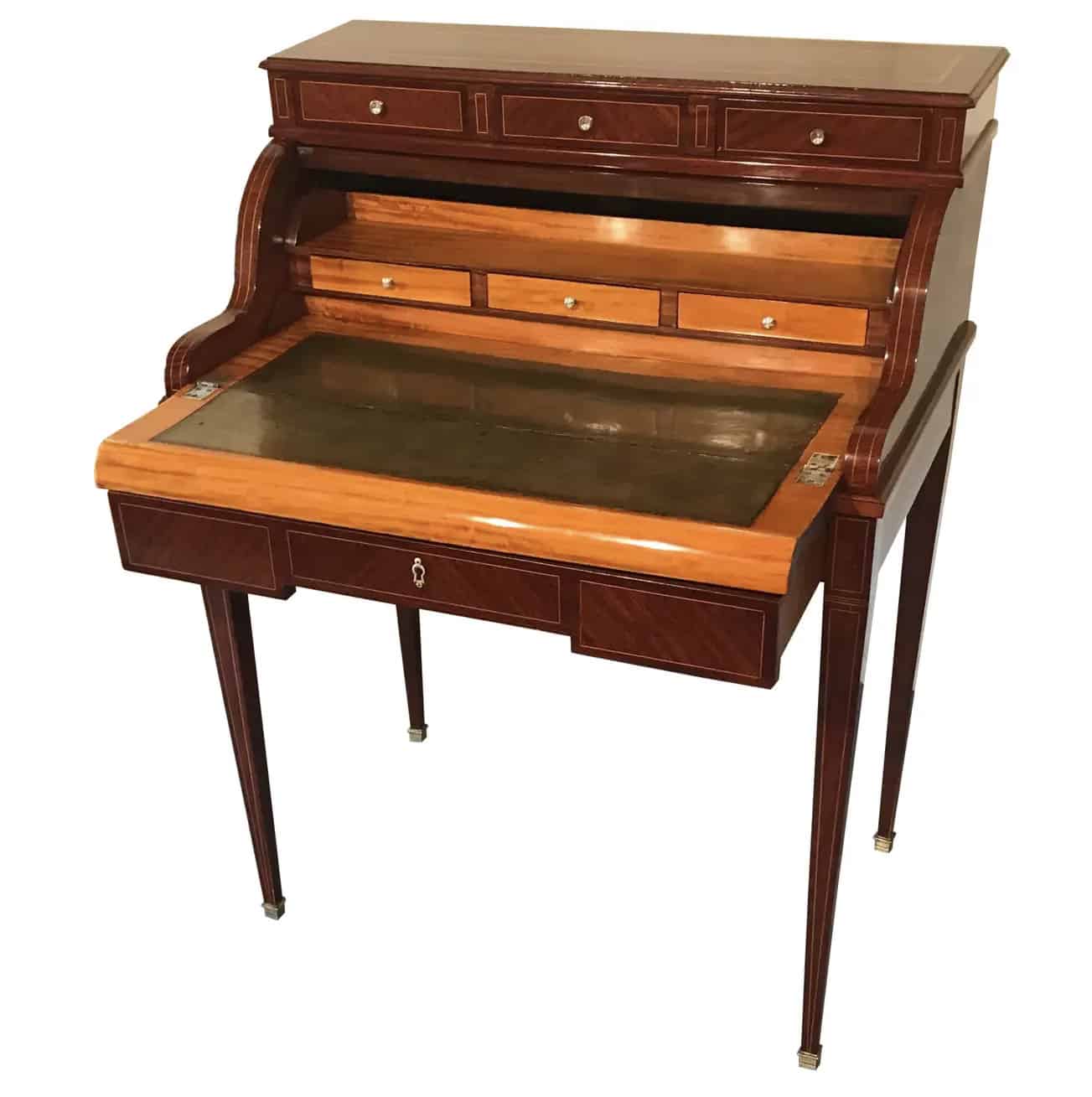
This French Secretary Desk from the early 19th century is a late example of that Neoclassical style. The Directory style (named for its period of the French Revolution) further reduced the ornamentation of furniture vis-à-vis Louis XVI pieces.
Indeed, in the styles reflected in this section, the legs seem to reject the very notion of curved feet. Their elegance derives from their simplicity, which allows natural coloration and patterns in the wood to shine.
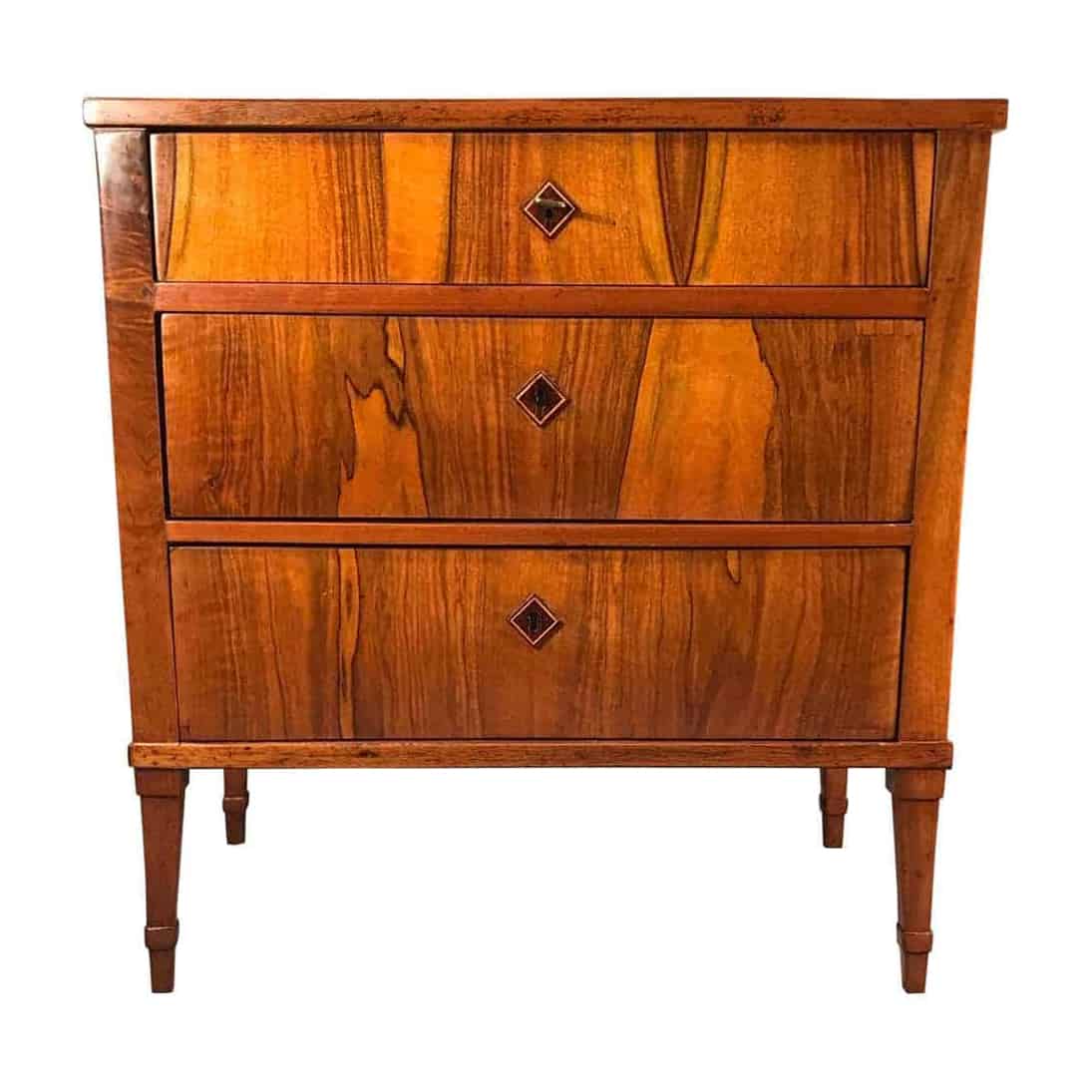
This Biedermeier Walnut Dresser is a classic example of 19th-century German furniture design. It is straightforward, with barely an adornment anywhere on its body. It nevertheless remains a deeply impressive piece owing to the startling wood veneer.
Look at its legs: they are straight, with a small raised lower mid-section for decorative effect. The approach to aesthetics could not be more different from the styles of Empire and Louis Phillipe.
That speaks to roughly two aesthetic policies existing contemporaneously. A newfound simplicity and embrace of object décor for common people, on the one hand. On the other, a romantic reimagining of the royal days lost to the winds of time.
Summary: The Leg’s the Thing
Identifying 19th-century furniture leg styles is an art historian’s trick: no other part of a piece of furniture can tell you as much about the style period as the leg. Whether curved, straight, ornate, or plain, carpenters communicate whole stories through their leg designs.
The selections we have presented from the Styylish catalog encompass a whole range of different furniture styles. For many, many more original, unique pieces of antique furniture, browse our catalog at your leisure!
If you’re feeling particularly inspired by the legs on display here, be sure to check out the remarkable ways in which Giuseppe Maggiolini, the famed Milanese carpenter, combines Baroque and Neoclassical styles in his work! Our last blog is all about him!
And if you take away anything at all, it’s this: even small details can make a world of a difference in a piece of furniture, a room, or an individual home.

